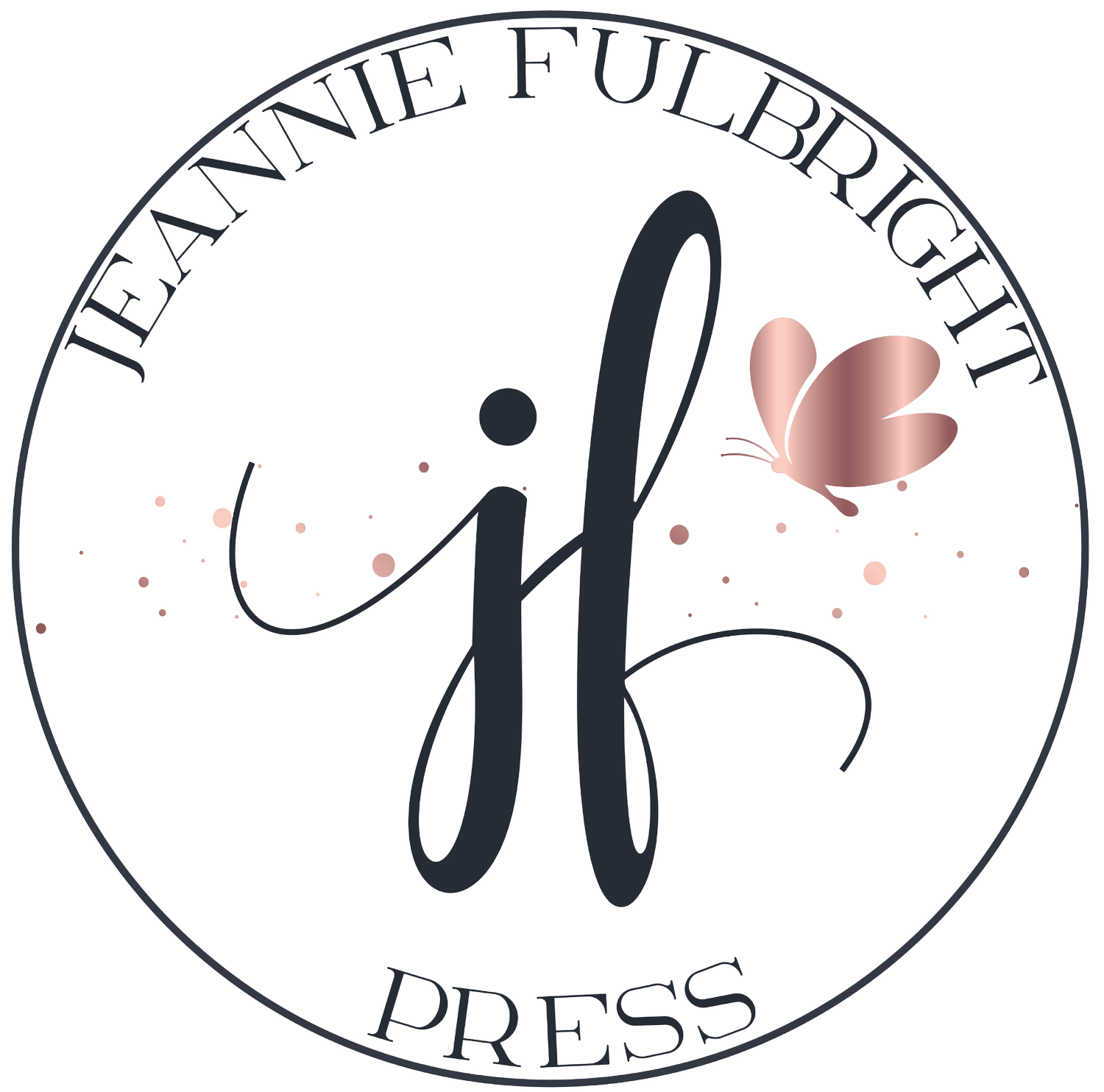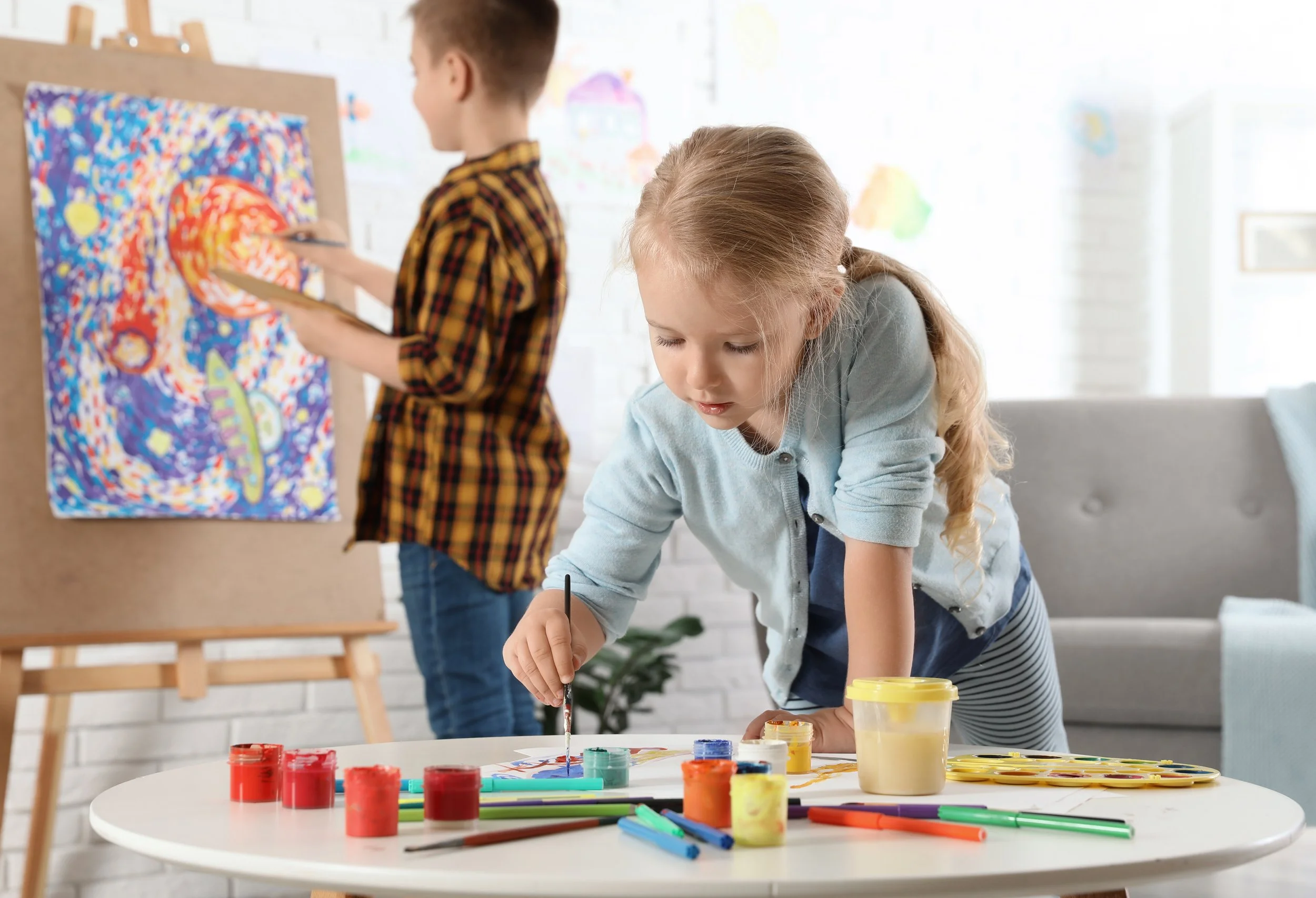The Benefits of Art Study
When I look back on my homeschool days, I remember fondly the joys of read-alouds and the excitement of science experiments, outdoor explorations, and all those “aha!” moments in history.
But nothing in my memory compares to the energy and peace that art study and art projects created for our family.
It was a unique kind of energy, and it was a lasting kind of peace. It’s as if those memories of studying the works of the Great Masters and creating our own less masterful works of art are indelibly linked to the most precious and unifying moments we spent together.
Whether learning art history or trying out some new art medium—at those moments—our pace slowed, our thoughts centered, and we were completely and fully in the moment.
If we look at the most recent neuroscience on the effects of studying art and how it influences the human brain, this isn’t surprising at all. Neuroscience shows the powerful way that both seeing art and doing art develops and enriches the brain. It alleviates anxiety and depression and boosts academic performance in all areas. Engaging in art has been shown to increase self-confidence, enhance communication skills, and improve cognition.
Of course, Charlotte Mason taught us the importance of both picture study and art lessons. She believed that to study great artists is to honor the work of the Holy Spirit, the inspiration that God gave to the person who created the artwork—whether they were aware of God’s presence and gifting or not.
She believed all things good and beautiful, lovely and admirable, excellent and praiseworthy, should be continually presented to our children. And that to do so is to glorify God.
Mason held that all good ideas—whether they be music, art, poetry, literature, science, philosophy, or any other notion—are spiritual in nature and emanate from the Divine Life within us.
She says,
“Education is a life; that life is sustained on ideas; ideas are of spiritual origin; and, 'God has made us so' that we get them chiefly as we convey them to one another. The duty of parents is to sustain a child's inner life with ideas as they sustain his body with food.”
By exploring art with children, we convey new and fruitful ideas to them—ideas that germinate and grow, ideas that develop their sense of taste and beauty, ideas that they can recognize as emanating from the Divine, from God Himself who gives gifts to men.
As we explore artists and their works, our children learn to discern between light and darkness and good and evil, sharply developing their observation skills, discernment, and tastes.
Mason tells us to hone and develop our children’s appetite “towards things lovely, honest, and of good report, is the earliest and most important ministry of the educator.” And that, “It is no small part of education to have seen much beauty, to recognize it when we see it, and to keep ourselves humble in its presence.”
However, she warns that our children’s appetite for the good and beautiful will not develop and can indeed perish when beauty is not routinely presented, or worse, when the child finds his visual appetites immersed in things that are unlovely, ignoble, or corrupt.
She asks, “What if we grow up admiring the wrong things?” and then concludes that “It is our job as educators to secure that kind of nourishment which promotes spiritual or intellectual growth in one or another direction.”
Charlotte Mason explains that although every idea is spiritual in nature, not every idea is from God. Some ideas are from the enemy. And our job is to help our children discern which is which.
In this generation, there is so much visual media to which our children are exposed. It’s nearly impossible to shield our children from every sordid caricature or image presented. But we can make a commitment to regularly put our “observant child in the way of things worth observing.”
What did this look like in our homeschool?
Well, for picture study, I would choose one artist to study over the course of the semester or year. We would then study about three of his or her works. We discussed the works and played games to see how much we could remember, sometimes asking questions such as, “What color was the man’s hat?”
For art lessons, we read books on how to draw and watched many drawing tutorials together. Spending time drawing was as valuable as math or science, reading or writing. And a lot of time was allowed for this. In addition to taking art or painting classes at the local art supply store, we used art curricula and found projects online and in books to do as a family.
By studying great artists, our children begin to visualize their own art. And as they develop skills and mastery in art, our child’s education is enriched deeply.
However you choose to engage in visual art, the most important thing is that you are purposeful in making art a regular part of your homeschool journey. You will be making memories that you’ll treasure for eternity.


